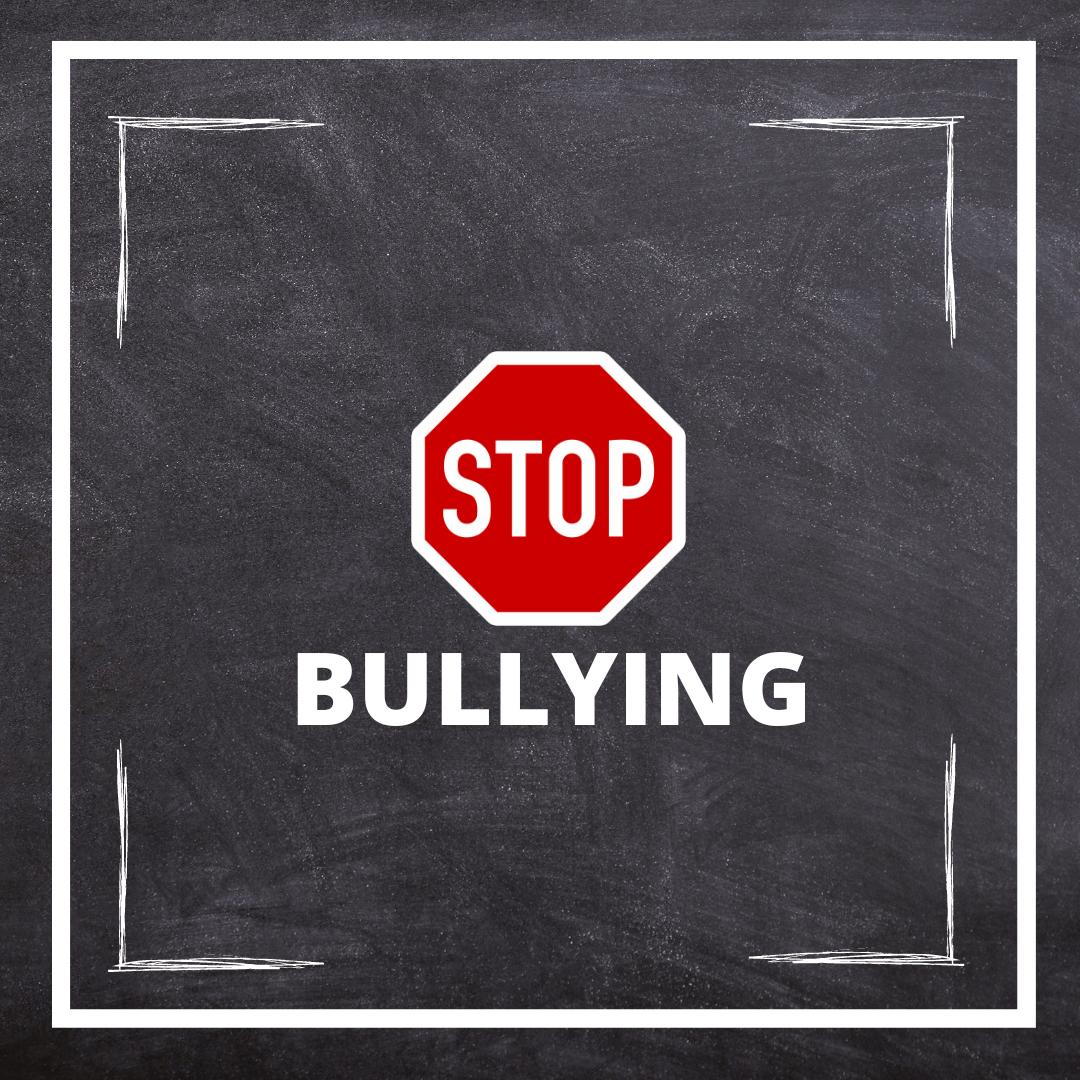
Bullying is defined as one person picking on another repetitively. It often occurs when there is an imbalance of power between the bully and the victim. There are different types of bullying including physical, verbal, or social; it can even occur electronically as cyberbullying. Acts of bullying typically take place when adults are not able to watch - such as in the neighborhood or even at school when teachers are not available to see what is going on.
Often, kids who are bullied are classified by other kids as being “different” or “uncool”, such as kids with different clothing, new kids at the school, different cultures, or who look different from the “cool kids”. Victims are also often seen as weak or easy targets, and sometimes they can be kids who have trouble getting along with others. Kids who bully may not be bigger or stronger than the victim, but may have other characteristics such as being aggressive, having difficulty following rules, have issues at home or with parents, or may be friends with other kids who bully. In some cases, kids may be a bully in one situation while simultaneously being a victim in another. It is important to realize not all bullies and victims look or act the same way.
Bullying can have many long term consequences for those who bully and those who are bullied; these may include poor school performance, depression or mental health concerns, and a higher risk of substance use. If your child is being bullied, let them know you are here for them, ready to listen, and want to take steps to prevent future bullying. The AAP recommends teaching your child how to respond to a bully: look them in the eye, stand tall, stay calm, and walk away. Phrases such as “I don’t like what you are doing” and “Please do not talk to me like that” can be a first step to stand up to another child. Have your child show any bullying texts or electronic messages to a parent or trusted adult and teach them to ask for help when they are being treated poorly. If you find out your child has been bullying someone else, it is important to address and change the behavior now. Help your child understand why bullying is a problem and how it hurts others, as well as the results of their actions. Set firm and consistent rules or limits on aggressive or harmful behavior and use effective nonphysical discipline (link it to why behavior was wrong and how to improve).
For more information on how to identify and respond to bullying, explore www.stopbullying.gov for additional resources.
American Academy of Pediatrics. (January 1, 2021). Bullying: It’s Not OK. Pediatric Patient Education https://publications.aap.org/patiented/article/doi/10.1542/peo_document339/81996/Bullying-It-s-Not-OK?autologincheck=redirected
